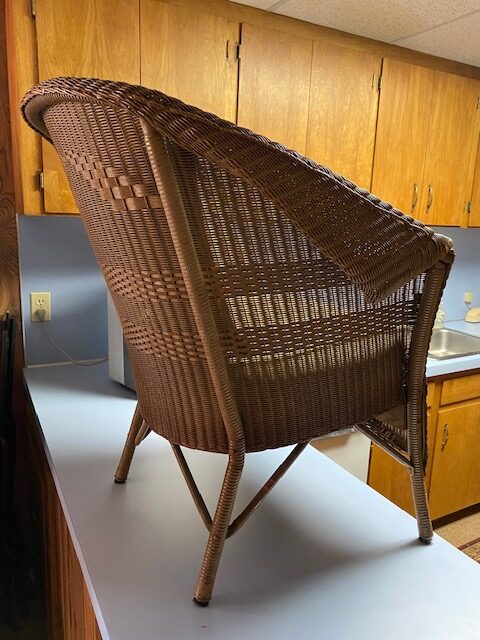Role An Appraiser Plays In Cataloging Fine Art A Quick Guide
What an appraiser actually does when cataloging fine art—methods, standards, and checklists for accurate records, valuation, and risk management.
What an appraiser actually does when cataloging fine art—methods, standards, and checklists for accurate records, valuation, and risk management.

Decode numbers like 6384872840367 3 on antiques and art to unlock provenance, avoid pitfalls, and turn markings into reliable appraisal insights.

Practical guide for antiques and art appraisal: decode catalog IDs, build provenance, assess materials and market value, with checklist and FAQ.

Decode inventory numbers like “34648 2” to unlock provenance, dating, and value in antiques and art appraisals.

Decode catalog codes like 34639 2 and appraise antiques and art with rigor: provenance, attribution, condition, comps, and ethical valuation practices.
How a cryptic code like 6252376077286 2 unlocks provenance, authenticity, and value in antiques and art. Methods and checklists for accurate appraisal.
Use the sample ID 623111ed1a758 to learn cataloging, provenance, condition, and valuation best practices for antiques and fine art appraisals.
Decode cryptic marks and numbers on antiques and art. A practical guide to identification, provenance, condition, and valuation for appraisal enthusiasts.
Turn a cryptic object ID like 622ce9a711a94 into a complete appraisal: provenance, materials, valuation, risk, and a practical cataloging checklist.
Decode cryptic marks like 622285fc755aa and build credible antique and art appraisals using documentation, materials analysis, provenance, and market comparables.